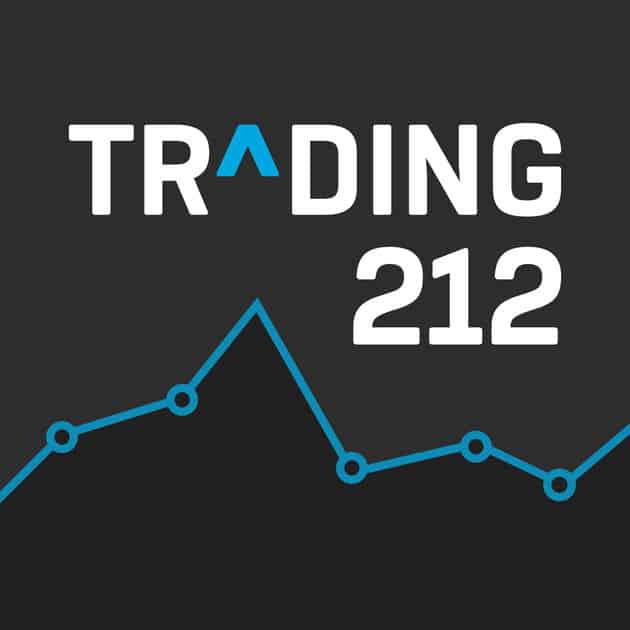In the world of budgeting, the envelope method has been around for decades, and while it was originally done with physical cash, today, there are digital versions that make it easier to manage. But which method is better for you, traditional cash stuffing or using a digital envelope system?
The envelope method is a budgeting strategy where you withdraw physical cash from the bank and divide it into separate envelopes, each dedicated to a specific spending category e.g., food shopping, toiletries, entertainment, transport, etc. Once the cash is gone from the envelope, you can no longer spend on that category until the next budgeting cycle. The idea is to limit spending by creating physical boundaries around your money, ensuring you don’t overspend in any category.
There are many advantages of using the cash stuffing method. Firstly, you have tangible control; using physical cash makes it easy to visualise what’s left, which can make the concept of spending feel more real. Some people find this more motivating and practical in curbing overspending.
In a world full of digital distractions, cash stuffing keeps things simple. You’re not tempted to use apps or swipe your card, and it eliminates the risk of impulse buys that can happen with a digital wallet. Once your cash is gone, it’s gone. This makes it harder to overspend, as there’s no charge now, pay later, mentality. It’s a very hard stop once you’ve exhausted your cash in any category.
However, there are obvious drawbacks to this method. In today’s world, many transactions are digital e.g. online shopping, subscriptions, or paying bills. Cash doesn’t work well for these purchases. Carrying around a lot of cash can feel unsafe, and there’s always the possibility of losing it or being a target for theft. There is also the issue of limited flexibility; if you are truly sticking to the method, then if you overspend in one category, you can’t just move money around as easily. This rigidity might not work for everyone, especially those with unpredictable expenses.
A digital envelope system, such as GoodBudget, Mvelopes, or YNAB’s virtual envelopes, makes it easy to manage your categories from your phone or computer, meaning you don’t need to carry cash around or visit ATMs. Many digital systems can sync with your bank account, automatically tracking your spending and updating your envelopes in real time. This removes the manual process of keeping track of cash and helps avoid errors. This method also allows for flexibility; if you overspend in one category, it’s easy to move money from another category to cover the difference, offering more flexibility than the rigid cash method.
Online savings are also safer than carrying cash, as there is no need to worry about losing it or carrying large sums of money. Plus, most digital systems are password-protected, reducing the risk of theft, though not completely. Also, since more transactions are online, digital envelopes work seamlessly for those who shop online, pay subscriptions, or manage automatic bill payments.
However, without physical cash, it can be harder to visualise how much you’re spending or feel the emotional impact of spending. The out of sight, out of mind effect is common with digital budgeting. Since many digital envelope systems are linked to your credit or debit cards, it’s easy to fall into the temptation of overspending by relying on your card without thinking about the ‘envelope’ limits. Quite often, your actual available cash is more than you have budgeted to spend, even if you didn’t initially plan to use it. Setting up and fully understanding digital envelope systems can be a little challenging for those unfamiliar with budgeting apps or digital tools.
If you like the feeling of seeing your money physically and want to stick strictly to your budget, cash stuffing might be a better fit. It’s also great for people who are prone to digital distractions or who want to disconnect from digital payment methods. But if you need more flexibility with your spending and prefer the convenience of tracking and budgeting on your phone, digital envelopes are likely the better choice. They’re also a great option for people who do most of their shopping or bill paying online.
A better idea could be using a sort of hybrid method, using cash for certain categories where you want to strictly control spending like dining out or entertainment, if these are areas you can often lose control in, and digital envelopes for more flexible categories like food shopping, bills, or subscriptions.
Both cash stuffing and digital envelope budgeting have their merits. It ultimately depends on your personal preferences, your spending habits, and how much control you need over your budget. Whichever method you choose, the most important thing is that it helps you stay on track with your savings goals and prevents overspending.

Get a FREE fractional share with Trading212
Use promo code: MITM (works within the first 10 days of signing up)
Fractional share worth up to £100. Capital at risk. Terms apply

Get a Welcome Bonus of up to £50 when you invest at least £100 with InvestEngine

Consolidate your Pensions with PensionBee
Keep your pensions all in one place with this simple to use Pension service.
Manage your money better with MoneyMonitor
I personally built this website to allow me to bin my spreadsheets in favour of something a little easier to use. It’s completely free of charge.